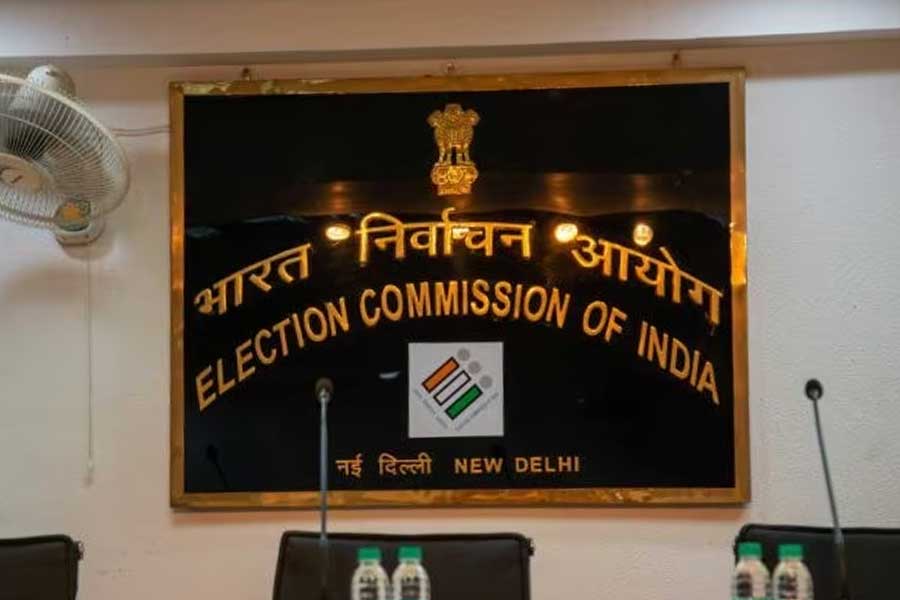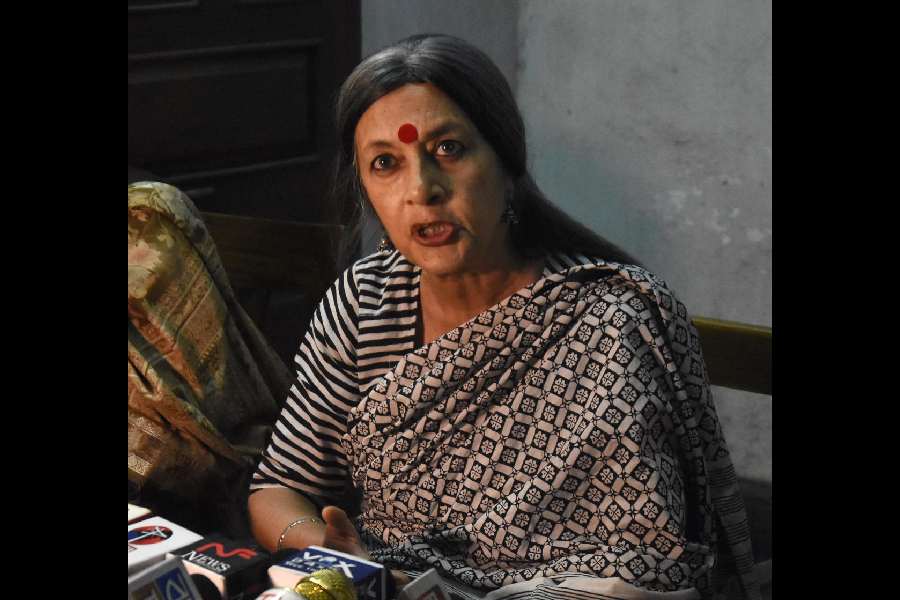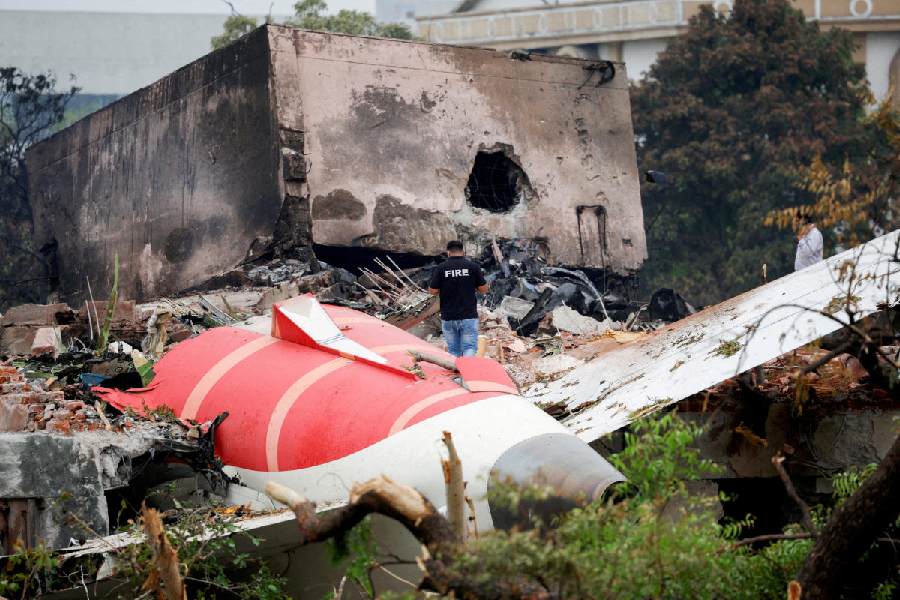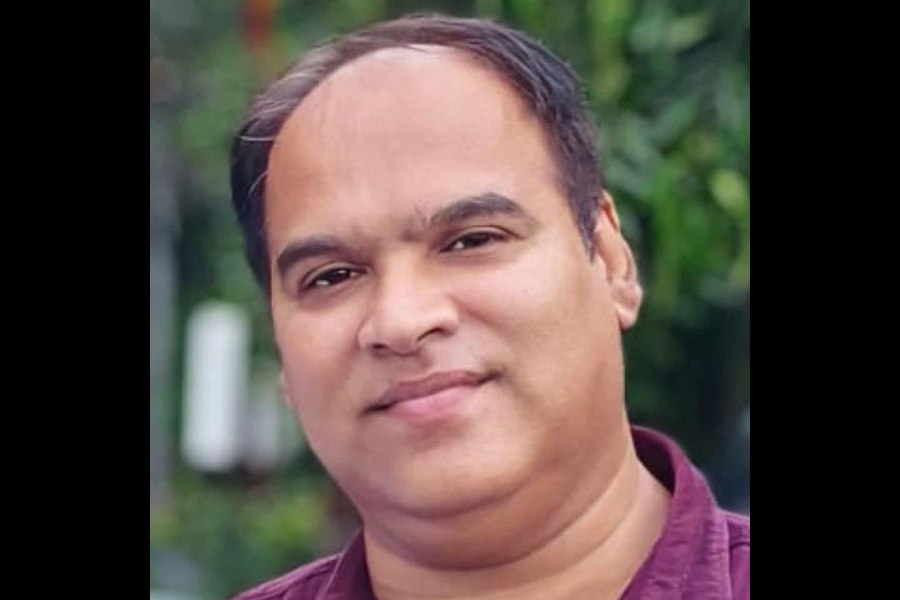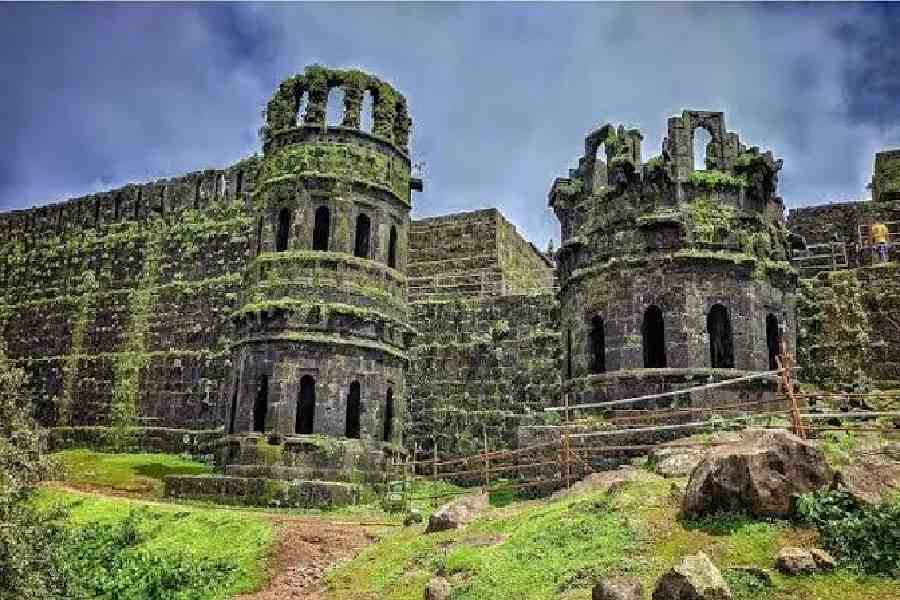When a sky lantern took off towards the setting sun from the 34th floor bridge joining the twin towers of The Atmosphere, the under-construction architectural landmark on the Bypass looming over the cityscape, on Saturday, it marked the formal announcement of the Kolkata Design Week (KDW), a platform to showcase global design sensibilities in Calcutta.
“KDW will highlight cultural uniqueness, create commercial opportunities, elevate design practices and enhance appreciation for international design,” say the core team of organisers, comprising Calcuttans from a variety of creative backgrounds — designers, architect, photographer, public space activist, brand strategist.
The event will span a fortnight from February 2 to 16, 2019. “We are targetting about 100 venues — from public sp-aces to galleries and cafes,” said graphic and communication designer Kanika Ganeriwalla. KDW will comprise installations, photography, lighting, innovation, technology, design talks and a bazaar.
“In Durga Puja, we have the best example of Calcutta’s creativity that has set a global benchmark. But because we have set such high standards there, nobody has attempted to create any other platform. We are being gutsy enough to attempt something that is not an alternative to Durga Puja but is a non-religious complement to it in terms of style and scope though certainly not in scale. This platform is for people to explore ideas beyond Durga Puja,” said Mudar Patherya, one of the organisers.
Some of the artists involved with KDW are behind the city’s big-ticket puja pandals. “They are creative designers in their own right,” points out architect Abin Chaudhuri. “When the presence of an idol is mandatory in a structure that requires the creation of a different atmosphere. Here they would be at liberty to experiment.”
The KDW, Chaudhuri felt, could encompass a vast range of creative and technological expressions — be it ceramic design, textile design, digital art, 3D projection through mapping or wall graffiti. “Even a park could see a different kind of landscape intervention.”
It is in this respect that Patherya feels KDW could have a more lasting effect. “Durga Puja is ephemeral. Once the festival is over, everything is destroyed and scattered. But we will find ways to take KDW beyond the fortnight.”
With the right impetus and associations, it can prove to be the catalyst for similar events in other parts of the city or even towns like Asansol, Durgapur or Siliguri, he said.
“The highlight of design today is how to mix design and technology with an underline of sustainability. An object need not just be beautiful. It has to be functional and involve minimal wastage in terms of raw materials as well,” said Hemal Kapadia, a multi-disciplinary design strategist.
The organisers spoke of global events like the design weeks in London, New York or Barcelona when designers open their studios for people to walk in and witness the magic they create.
“Stores come together to launch new products, universities hold gallery shows on campus,” recalled Kanika. “At the Bangalore Design Week, too, I have seen design studios hold workshops to present an update of national and international trends.”
Patherya pointed out how the Kochi-Muziris Biennale, the largest art exhibition in India and possibly the biggest contemporary art festival in Asia, has added brand value to Kochi. “Our government can showcase this as part of the state’s tourism bouquet,” he said.
The organisers will approach the government, public utilities and corporate bodies for collaborations. “Who knows, this could be the first step towards Calcutta’s own biennale,” said Patherya.


